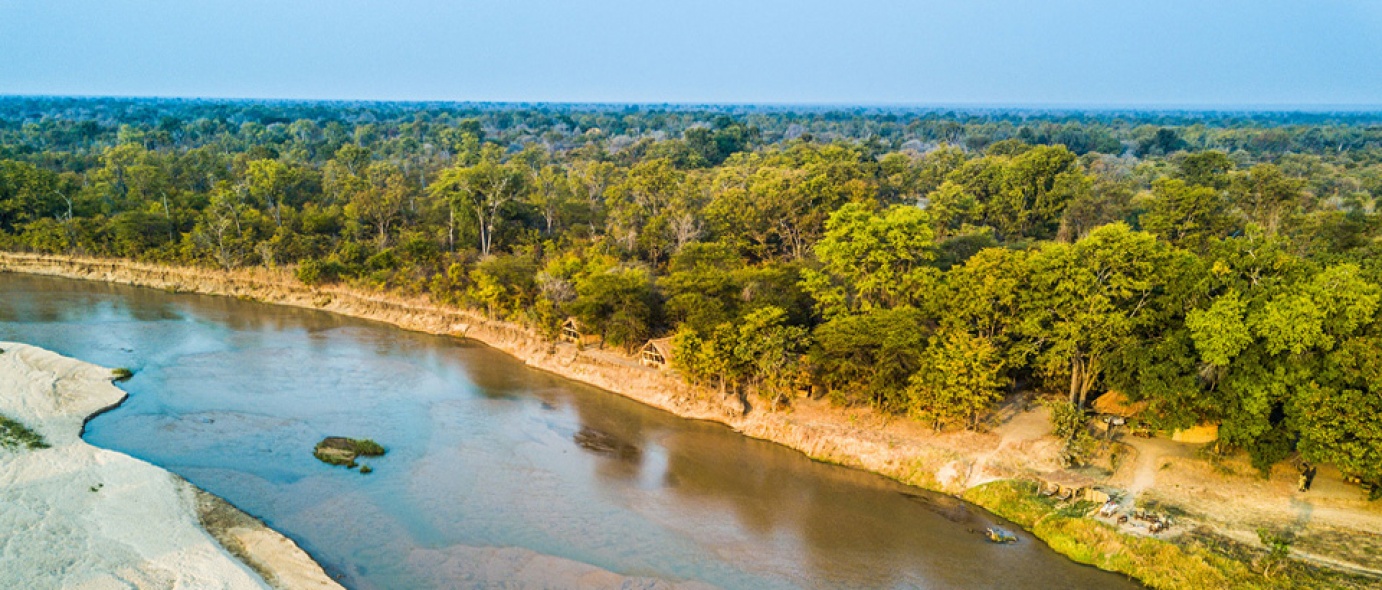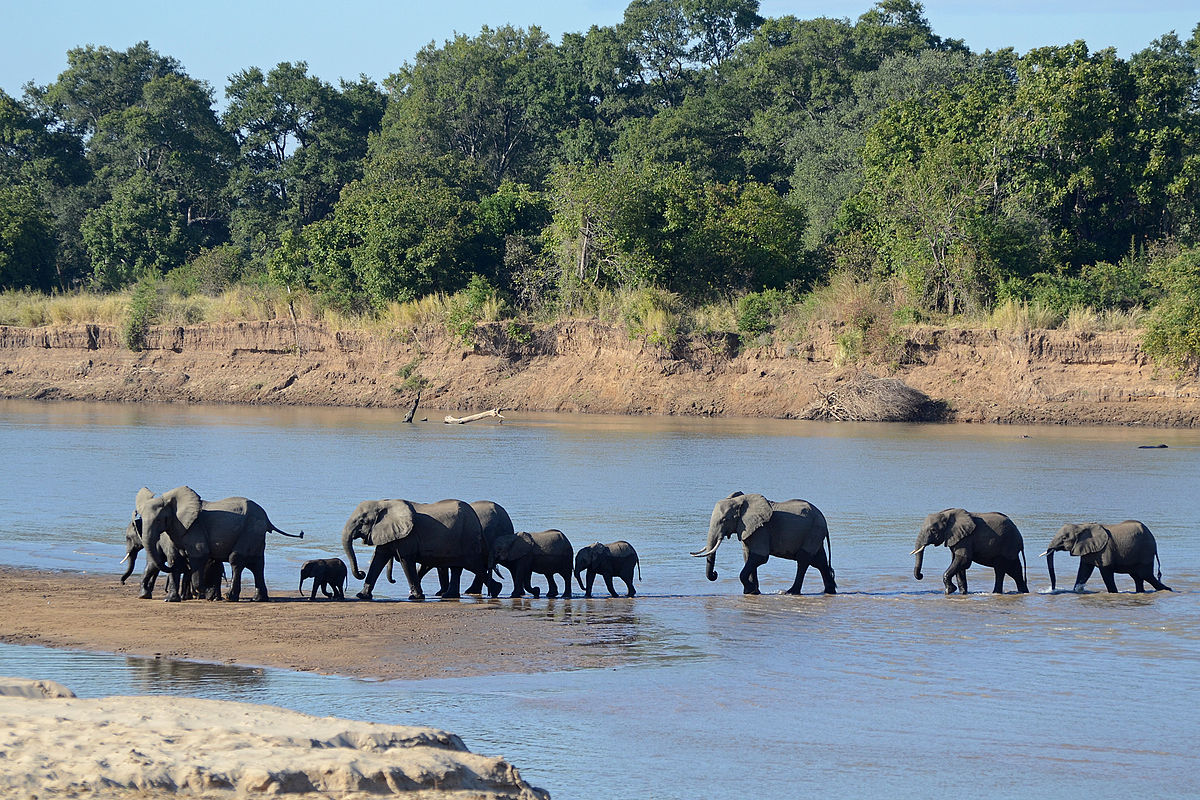Table of Contents
Best 10 Reasons To Visit North Luangwa National Park In Zambia
The following are the best 10 reasons to visit North Luangwa National Park; nature walk, game drive, location, habitats, camping sites etc.
Have ever imagined how interesting it would be to visit north Luangwa which is located in the northern part of Zambia bordered by dramatic Muchinga escarpment to the west and river Luangwa to the East known for its wild and un touched nature. Founded as a game reserve in 1938 and become a national park in 1972 covering an area of 4636sq km and with the finest world experience in Zambia.
However the beauty of visiting the park is a remarkable experience opportunities in Africa with various attractions like; the big five animals, Cookson’s wildebeest, antelopes, zebras, black rhinos. And it is also a predator stronghold with its amazing water sources from river Luangwa which supplies water to the world animals in the park .the best 10 reasons to visit the park are discussed as follows;
1. Nature Walks
The park is situated in the remote area with limited accessibility. Thus making it easy to explore on foot and truly experience the true meaning of African wilderness with experienced guides who guide the visitors through out the safari. it is a haven for nature walking with small bush camps making it easy to view the beautiful sceneries at the park thus experiencing the wilderness of Africa
2. pristine wilderness landscape
An incredible chance to see Africa as it was in the past exists in North Luangwa. You are merely an unobtrusive witness to its purity as a breathtakingly untamed wilderness setting.
The Northren Park offers a wild place unlike any other thanks to its three main rivers, wildlife-rich floodplains, well-maintained trails, and distance from the thronging population. A variety of habitats are provided by cascading waterfalls, open grassland, bird-filled woodlands, sandy rivers, and stony streams. North America is utterly isolated and untamed

Park provides one of the best opportunities to explore the wildness and wildlife in Zambia, if not all of Africa. The best-kept tourism secret in Africa is this little-known park. It feels more like the genuine African trip you have always dreamed because the discerning traveler can view all the wildlife that is seen everywhere without crowds. One of the most exclusive and sought-after safari locations on the continent is quickly developing in this park.
3. Walking Safaris
The Northern Park is one of the few parks in Zambia where you may walk about and genuinely experience the African bush due to its sparse road infrastructure. Due to the small number of operators and the expertise of the safari guides,
It is doubtful that you will encounter another person throughout your whole safari. The walks aren’t intended to be route marches however; instead, they’re all about admiring the breathtaking scenery and fauna and getting back to nature.
4. Habitats and meandering Rivers
For wildlife to thrive, it needs access to food and water, and North Park has both in spades. The Mwaleshi River is a magnet for wildlife because it flows continuously throughout the year and provides some of the only water available in the late dry season.
The abundance of prey species on the floodplains naturally attracts predators. After the sweltering African days, lazy lions, bucking buffaloes, greedy zebra, laughing hyena, and gorgeous warthogs congregate along the banks to drink.
5.Wildlife
The unique population of black rhinos in Zambia, as well as substantial numbers of lion, buffalo, and elephant, make North Luangwa stand out on Zambia’s safari circuit. The only black rhinos in Zambia are those that were brought into the Park, and they are the best illustration of how successfully this area has managed to save its wildlife.

This nation once had the third-largest black rhino population in all of Africa, making the mega-herbivore’s recovery following years of horrific poaching an incredible success story for conservation. Sightings are rare due to their secrecy, evasion, and the restricted access to the tight security area. With
You’re probably going to wake up because Zambia has the largest population of elephants.
Get up close and personal with these gorgeous land animals on your tour. Similar to South Park, North Park is famed for housing big herds of lions and buffalo, making it a safari enthusiast’s must-see location. One of Africa’s most wildlife-rich places is the Luangwa River, which is home to several enormous hippos. among the wildest in Africa
6. Remoteness
7. Iconic Game Drives
The ‘Big 5’ in Zambia can only be found in North Luangwa.
The park is home to many lions, and they frequently accompany herds of buffalo as they move through it. There are also lots of elephants and other species like Cookson’s wildebeest, elk, and Puku. More than 350 different bird species call this region home, so there is a lot to see in the field of birds as well.
8. Walking Safaris
9. Birding
when to visit
The Mwaleshi River’s floodplains are more open than those on the Luangwa, making it easier to detect buffalo herds there. These animals can thrive almost anywhere that has grazing land and easy access to water thanks to their remarkable adaptability.
Massive herds of buffalo travel to the river twice daily as the park dries out, providing lions with happy hunting grounds. Lions can sleep in the shade on the riverbanks and wait for their prey to come, as they are not a creature to overwork themselves.
The lion’s fortunate circumstance makes for some breathtaking game viewing from a distance. You are very likely to see very wild lions while strolling along the Mwaleshi River in the late dry season. These lions will growl and snarl at you, making you feel startlingly alive.
How to get there
The primary airport in Zambia, Kenneth Kaunda International Airport (LUN), which is 14 kilometers (9 miles) from Lusaka, is where most travelers land. Domestic flights are available to Mfuwe International Airport (MFU), which is close to the South Luangwa National Park’s main entrance.
Most of the visitors’ destination take a flight between the two parks and add it on as part of a walking safari to South Luangwa. Although there aren’t many roads in the park, independent travelers can travel from South Luangwa to North Luangwa.
The park is now accessible to daring 4×4 enthusiasts thanks to a new game-drive route along the Luangwa River and many affordable self-catering community camps and campsites.
Where to stay
There is little choice of accommodation in the National Park, as only three camps sit inside the park, on the banks of the Mwaleshi River. This river, unlike the Luangwa River or any of its smaller tributaries, is a permanently flowing river and is usually shallow enough to be crossed on foot. With the wildlife concentrating around the Mwaleshi, the camps are in a position for reliable game throughout the year, as well as providing a scenic view out to the river.
